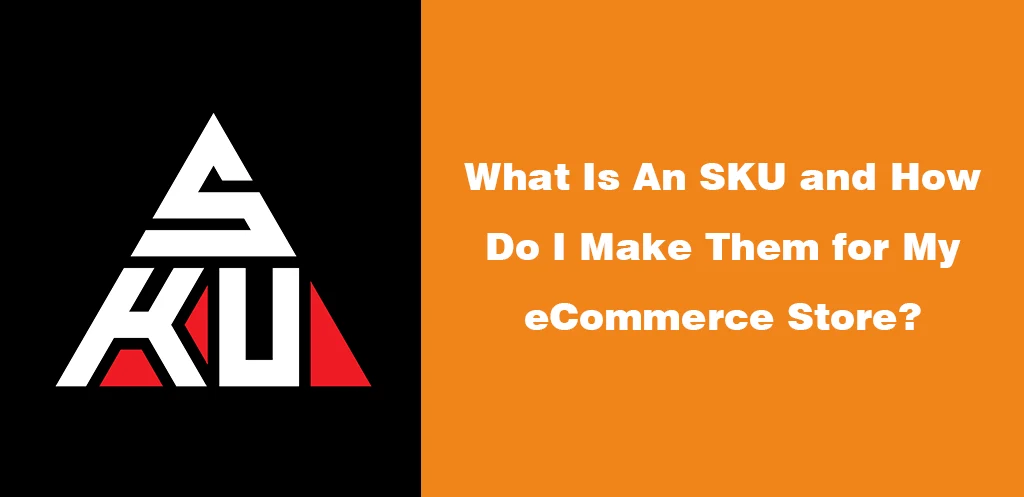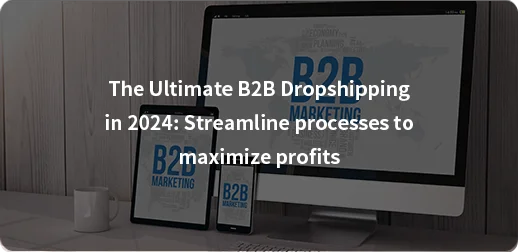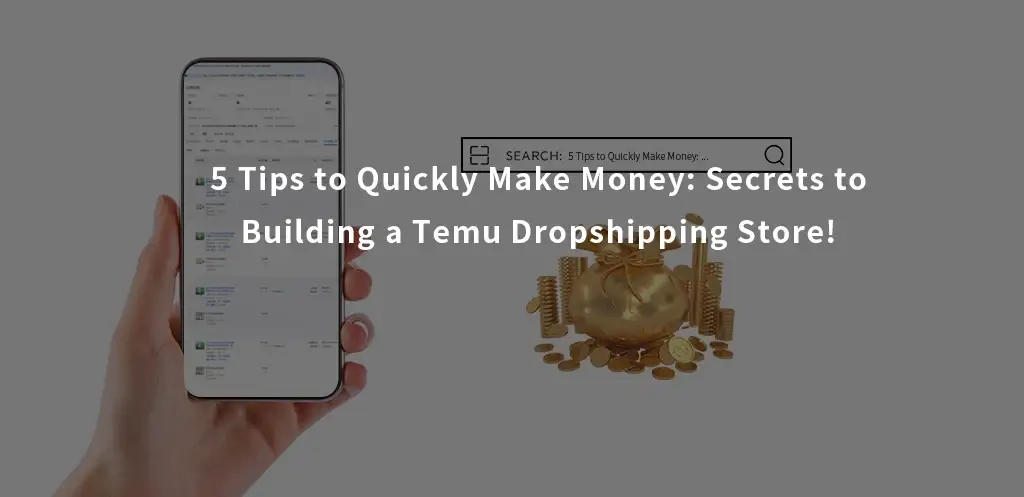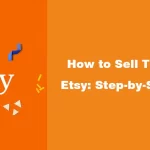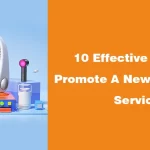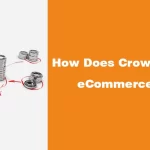In a day, over 8 billion Google searches are made by people looking for answers to questions. More often than not, these searches usually lead to articles, blogs, videos, and other forms of content.
Imagine if an individual makes a search and finds your content as an answer and from there checks out your store for your product recommendation. Now imagine if 10 individuals do this or a thousand or ten thousand.
That’s the beauty of using content to market your product and store — the organic growth.
You might even have a ton of ready-to-publish content already, like blog posts, videos, and images. That being said, how can you make sure they convert? The answer is, to build a content marketing strategy.
This article covers a content marketing strategy and provides a guide on how to build one for your store.
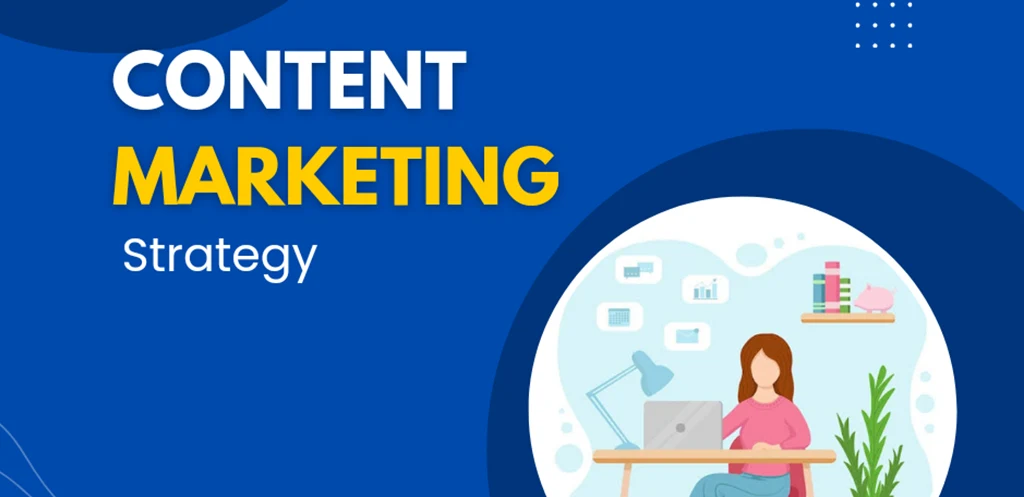
What Is A Content Marketing Strategy
This is a plan that guides you from the creation stage of your content to its distribution.
It holds and provides info on who will be writing your content, what your content will be, when and where you will be releasing said content, and finally, why you are even creating the content.
Your audience and customers want info that’s valuable to them so what your content marketing aims to do is redirect their attention to your products through good content and a content marketing strategy allows you to reach them naturally and organically..
Some common content marketing examples are:
- Blog posts
- Emails
- Newsletters
- Social media posts
- Podcasts
- Ebooks
- Videos
Why Your Store Needs A Content Marketing Strategy
A badass content marketing strategy can help your business grow a steady flow of website traffic and new leads by ensuring your content is targeted to your customers and reaches them at the appropriate time.
Instead of creating content as the need arises, that post, video, or picture will be ready to go, giving you more room to focus on other things like community building and engagement.
It has been noted that marketers who use a well-documented content strategy are successful 80% of the time. So basically, a good content marketing strategy will help reach your goals by creating processes and plans.
Building an Effective Content Marketing Strategy
Know What You Want To Achieve

Any decision you make regarding your business should always have an underlying business goal you want to achieve. The same goes for a content market strategy.
What exactly do you want your content to do?
1.You can start with a document that contains a list of what you want to achieve once your content is out in the world. It will make it easier to focus on your path, preventing you from deviating from the track.
2.Once your list of goals is ready, you can then organise them by their priority, ranking from most to least important. This will allow you to find out which parts of your plan require urgent attention and which ones are more long-term.
When setting these goals, make sure they are SMART. What do I mean? SMART is just an acronym for S – Specific, M – Measurable, A – Attainable, R – Realistic, and T – Time-bound.
This means creating key performance indicators (KPIs). KPIs are milestones that you set to know whether the plan is working out or not. These include what you want to attain in sales, website traffic, and revenue generation.
Find Your Audience

For your strategy to be successful, you need to know who you’re selling to – your target audience. This way you can target your content to them. Doing this requires you to create a buyer or customer persona.
If you don’t have a defined customer persona yet, you will need to analyse your data to know what people who are likely to buy your content will want to see and read. Based on this, you can then create your content.
1. Collect data on your customers. Web, social media, and email subscriber analytics are great sources of this sort of data. Find out the demographic of the customers who already follow your content.
So things like their age, gender, level of education, income level, and other such things can provide a better picture of your buyer’s persona.
2. Ask customers for feedback. This is a great way of knowing more about your audience since they will be personally expressing their pain points to you.
You’ll learn how they feel about the posts and videos you are making, what they want, and the concerns they need you to address.
Doing this will give you a clear view of what your subscribers prioritise and allow you to build a clearer vision or image of your buyer’s persona.
You can use forms like WPForms to collect customer feedback.
Audit The Content You Currently Have
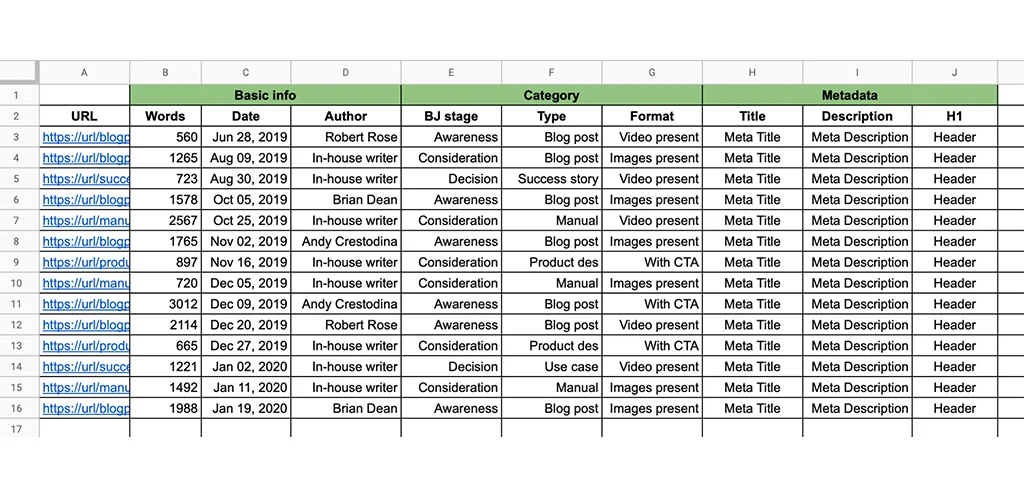
At the start, a lot of businesses start with social media and blog posts and if that business has been running for a while, they must run a content audit to review what they have previously released and how fruitful they have been.
A content audit is just the process of analysing, organising, and updating your current content. If done right, you save time and resources in creating new content since you are just updating old content, but you can also attract more traffic and boost engagements.
1.Screaming Frog is an excellent option if you want to go through all your website’s content and posts and log them.
It is a software called a URL crawler that will go through all your website’s URLs and list them out, analyse the titles and descriptions of your webpages, and even find any duplicate web pages that could be slowing your website down.
They have a free version that can go through up to 500 URLs and web pages and analyse them for you. Here’s an in-depth guide to using Screaming Frog.
What’s exciting about using a URL crawler is you can also analyse your competitor’s websites to uncover how they are proving successful in their content marketing. This is especially beneficial for a beginner.
2.Identify and address any issues your analysis may uncover. These may be adding keywords you are currently not using to target your audience, answering questions your customers might have asked that you might have missed, and many others.
Decide On The Type of Content You Want To Push
Based on the persona of your buyer’s persona or the goals you want to achieve, you may need to create a specific type of content. So, before you even begin brainstorming and let the creative juices loose, take a moment to review your goals and the persona you are trying to sell to.
Here are some types of content you can market:
1.Online content marketing: Online content marketing pertains to the material you publish on the internet, particularly on your website.
An effective online content marketing strategy can allow you to rank higher on search engines and ensure your content reaches the appropriate audience at the right moment.
2.Social Media Content Marketing: With more than 4.5 billion people worldwide having social media, it’s clear why many businesses put so much money into social media marketing.
There are different platforms like Facebook, Instagram, Pinterest, LinkedIn, and Snapchat, and each one allows you to share content in various ways, such as photos, live videos, pre-recorded videos, and stories.
3.Infographic Content Marketing: Infographics present content, information, and data in a visually straightforward and understandable format.
By combining simple text, brief statements, and clear images, infographics serve as an effective means of communication. They are particularly useful when you want to simplify an educational or intricate topic.
Find Out Which Content Channel Will Fit Your Content Type
Now, let’s start with distribution means. When it comes to content distribution, you can either go down the organic path, the paid path or both. Through your analysis when building your buyer’s persona, you must have discovered a trend on which your content is more accepted.
List the channels that are receptive to your content and pet your energy and focus there.
You can also give paid channels a try. SEMRush has discovered that about 72% of highly successful content marketing companies promote their content through paid channels. This is because combining organic content with paid marketing strategies proves particularly effective.
For instance, if you notice that content on a specific topic is performing well in organic search, it could be worthwhile to repurpose it as a lead generation piece and run Facebook ads.
Various content formats are available for promotion through paid channels, including influencer-driven campaigns, sponsored content, lead-generating ads, and more.
Identify Your Resources & Allocate
Now that you’ve identified the type of content you’re creating, your target audience and the platforms you will be sharing, you must ensure you have everything required to execute your content marketing strategy. This involves addressing questions such as:
- Who will be responsible for building and managing the content?
- What human, physical, or digital tools and resources will be required for the content creation?
The people responsible for the content will include the person who will oversee everything and then take care of making each piece of content.
This heavily depends on how big your company and marketing team are and whether you do everything in-house or get help from outside in the form of freelancers or ghostwriters.
Next, the resources you will need for creating your content. These will include people on your team who work within the company such as graphics designers, web developers, video makers, editors, photographers, and as I have said earlier, freelancers if needed.
Start Developing Your Content and Publish
As you’ve noticed, there’s a considerable amount of groundwork that will go into your content marketing strategy before you even think about creating actual content. But now it’s time.
I’ll be using a blog post as an example but these tips will apply to pretty much any type of content creation.
- As you plan your content, decide when to post it on each platform. It’s important to avoid mistakes by planning; a content calendar can help with that. There are different ways to do it.
For example, you can use Google Calendar and set deadlines for each piece of content, which works well if you’re not posting a lot.
If you’re dealing with a bigger workload, a team, and a specific way of creating content, you might want more features. Tools like Asana or CoSchedule can help. They let you schedule different steps in the content creation process.
Now, let’s move on to brainstorming.
- You can use tools like Feedly for this. It is a great tool to follow popular topics in your industry and discover content ideas. Just let the software know what topics interest you, and its AI tool takes care of the rest.
Another handy tool is the CoSchedule Headline Analyzer. You can type in the main topics or terms you want to write about, and it takes care of the rest.
It looks at your headlines and titles, giving feedback on things like length, word choice, grammar, and how often people search for those keywords.
If you already have an idea, just try out a few title options with the Headline Analyzer. It helps make your titles stronger and pushes your ideas forward during the brainstorming process.
- Now, it’s time to begin writing or creating your content. First, think about how to portray your brand’s personality in what you create. Then decide whether you want to be highly professional, very casual, or somewhere in between. You’ll also need to strike a balance between showcasing your expertise and not talking down to your audience.
Once the calendar is finalized and the content has been cooked, the next step is to publish and promote it across the channels you’ve chosen.
Measure!
This step is important because without looking at the data, you won’t know if you’re meeting your goals. For things like newsletters on your website, use tools like Google Analytics or other tools native to the platform.
If you’re checking how well your content is ranking in searches, tools like SEMRush can help. For tracking email signups, just use the analytics in your email marketing service provider.
This analysis can also come in handy when you need investments from others. It can be hard to get approval for a new idea. But if you show data that supports your plan, it becomes easier to try out new things in your content strategy.
Conclusion
Growing a successful content marketing strategy requires time, organization, and creativity.
Whether you’re just starting and laying the groundwork for your content marketing plan or trying to revamp an existing one, it can be a smooth process if you follow the steps I have highlighted here.
Globallyfulfill can provide your store dropshipping, warehouse, and third-party logistics services when needed. Thanks to their high-tech systems, your products go from being kept at optimal conditions to the doorsteps of your customers as fast as possible.



